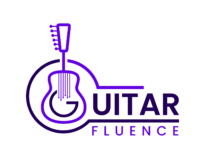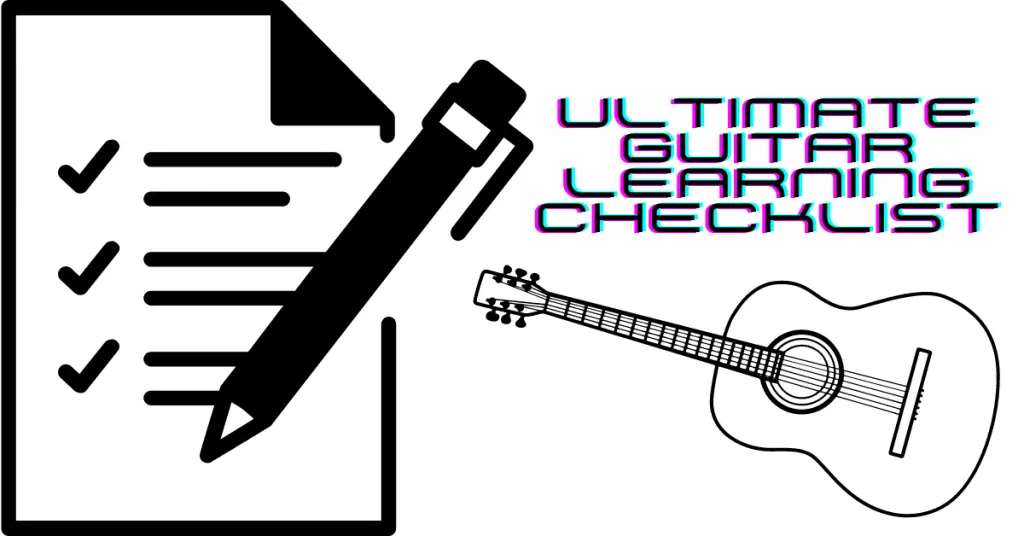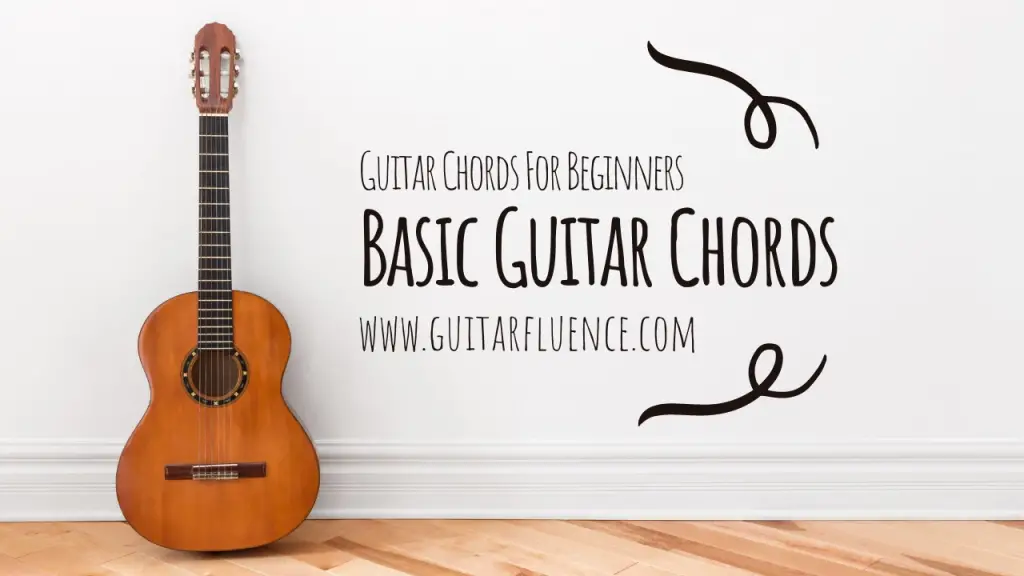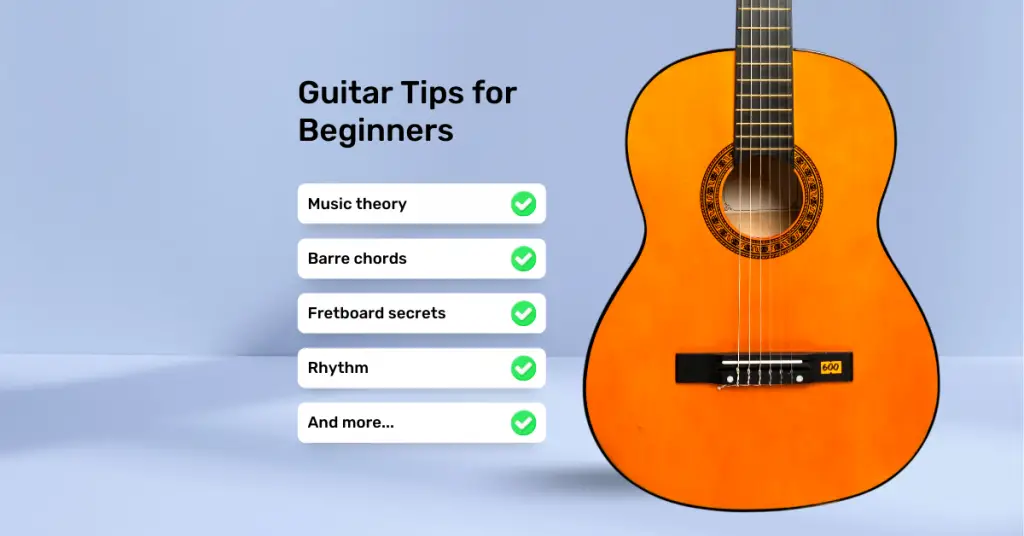Table of Contents
After teaching and playing guitar for many years, I decided to put together this checklist of things every guitarist should know.
Putting together this list was very subjective, though, so I decided to ask a Facebook group for their input as well. And it turns out…
There are lots of things every guitarist should know, including tuning, rhythm, songs, chords, scales, techniques, and having fun!
You’ll dive more into these things below.
The research study
I ran the research study in the Everything Guitar Facebook Group.
You can check out the group and the post here. The group is private, so you’ll have to join it if you’re not already a member.
Guitar Theory/ Music Theory
A lot of the group members mentioned topics related to Guitar Theory in the comments.
Guitar theory is how we apply music theory to the guitar. I generally break theory down into scales, rhythm, and harmony.
Scales
“Scales – major, natural minor, harmonic minor and melodic minor.“
Scales are an important part of composition and improvisation. They act as the building blocks for music.
Should every guitarist know scales? It depends.
Every guitarist has different goals, but scales certainly don’t hurt to learn!
They’ll help you understand the way that music works in the same way that the alphabet helps you understand words.
Pentatonic Scales
Pentatonic scales are 5-note scales and are usually played as 2-notes-per-string.
The most popular pentatonic scale is the minor pentatonic scale.
Here’s A Minor Pentatonic:
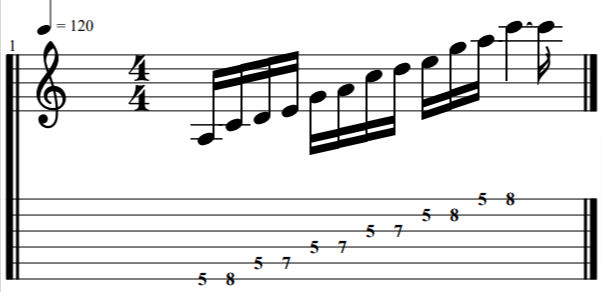
This is a popular scale in most genres of music, but it is particularly useful for playing lead guitar in rock and blues.
Major And Minor Scales
Start by learning your C Major Scale if you don’t already know it, and learn how to move it around the fretboard.
From there you’ll want to learn about the A Minor Scale, which is the relative minor of C Major.
One of the easiest ways to get started with major/minor scales is by learning 3-note-per-string shapes. These shapes help you to visualize the scales.
More importantly than scales shapes, you’ll want to learn the interval structures of scales if you want to make the best use of them.
Harmony, Chords, and Intervals
“Intervals“
“I’m surprised you don’t have basic chord structure on that list.“
Harmony happens when more than 2 notes are played at the same time.
The groups of these notes are called chords.
You can understand the names of chords by studying intervals, which explain the relationships/ distances between notes.
Ear training can help you develop relative pitch. When you have a strong relative pitch you’ll be able to define an interval just by listening to it!
Guitarists definitely need to know some chords. You don’t need to be a chord fanatic like Allan Holdsworth, but you’ll want a simple grasp of harmony at the least.
Like most guitarists, you’ll want to start by learning Basic Guitar Chords. These are your CAGED chords, which are triads.
Triads are the simplest chord formulas, consisting of only three notes. Once again, all of your CAGED chords are triads.
Memorize the intervals in your CAGED chords, and from there you can move onto chords with four notes or more.
Check out this article on jazz guitar chords if you’re ready to move past the CAGED shapes, and onto new chord structures/formulas.
Rhythm
“Practice playing to a beat like a metronome. Easy metronome apps to help“
Here’s a free online metronome.
Rhythm helps you understand note lengths, how many notes exist per measure, and the tempo at which you need to you play your music.
Rhythm is the most essential thing every guitarist needs to know.
This is due to the fact that your chords and melodies are completely useless if they lack rhythm. Rhythm provides the beat, and the beat is what makes music listenable!
Tuning
“1. Tuning the guitar.
1.(a) understanding and knowing when it’s not in tune.“
You need to learn how to tune the guitar from day one of guitar playing.
Tuning is necessary because it makes your guitar sound good, and tuning helps your ear develop properly.
You’ll never be able to play music with anyone if you don’t know how to stay in tune.
Once you’ve learned how to stay in tune you’ll easily be able to recognize an out-of-tune guitar, and you’ll be on your way to tuning by ear!
Songs
“Music, lots of music. That should sufficiently allow you to get up to speed with every thing you need to play…..music.“
Songs are like books. When you start school, you learn how to read books.
When you start guitar, you need to learn how to read tabs and/or music, which will open up learning songs!
Songs will help you understand music as a language, and you’ll start to recognize patterns that exist in all parts of music.
Aside from being helpful in theory, songs are fun to learn!
With that being said, you have nothing to lose by learning songs.
Guitar Techniques
“Arpeggios, triads, bends, hammer-ons, pull-offs, alternative tunings, bass guitar, keyboard basics and anything else you can.“
When it comes to playing guitar, or any instrument, you are limited by your technique.
Luckily there are a lot of guitar resources for learning technique!
I suggest starting with these must-know lead guitar techniques and picking techniques.
Learning about techniques will help you develop your voice on the guitar, and a strong technique will allow you to play whatever music you want!
Here are some techniques mentioned by the group:
“how to mute the strings you aren’t playing….with both your right and left hands.“
Muting is an extremely helpful technique! Muting gives you control over the fretting hand and picking hand, which will help you shape your sound.
“How to play legato would be another thing. Smooth hammer on and pull-offs. Also after watching a lot of Brandon Ellis, the way he puts vibrato on strings just proves even at the fundamentals he’s on another level.“
Smooth hammer-ons and pull-offs are necessary to master if you want to master rhythm, and conserve as much energy as possible! They also sound pleasant.
“Dynamics“
Having control over dynamics means having control over how loud or soft you can play.
Dynamic control is important, because every style of music has it’s own dynamic structure.
Having fun
“That’s about it. if you’re having fun and you like what you’re playing, then thats all that matters in my opinion. obviously i think the more you learn and the more time you put into the instrument, the more it will give back to you, but you could also pick up a guitar and never learn the name of any of the notes or any technical aspect and do everything completely based on what feels and sounds right to you and fall on love with playing that way.”
Guitar is meant to be fun! If you’re not having fun, you need to switch gears and focus on something you enjoy.
However, even though the guitar is meant to be fun, don’t undervalue everything else mentioned in this checklist.
Learning guitar fundamentals can arguably make the instrument more fun. This is because you can do more with the guitar if you have a strong understanding of the instrument.
Plus, you’ll need to learn everything else on this checklist if you want to communicate easily with other musicians, play in a band, or do any type of work as a musician.
Practice Routine And Goals
“Goals (small and large) and a journal keeping track of things that you’ve worked on and ear training.”
Keeping track of your goals is a surefire way to get you playing guitar the way you want!
By keeping track of your goals you are holding yourself accountable. Holding yourself accountable will help you reach target milestones faster.
Funny
“distortion to hide poor playing”
This was one of the best answers by far, because it made me laugh so hard!
Distortion is a simple way to hide your poor playing, but ironically some guitarists are better at hiding behind distortion than others.
I believe that punk rockers are the kings of hiding poor playing behind distortion!
Summary: Ultimate Guitar Checklist
In summary, there’s a lot that guitarists need to learn.
When assessing this checklist, keep your goals in mind.
You’ll choose your next are of focus based on those goals.
Is it fun? Is it technique? Is it theory?
Let me know in the comments below.
Last but not least, keep on playing, guitar maestro!
